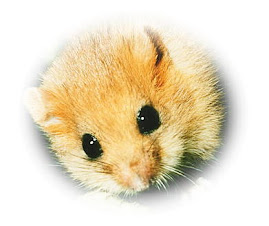‘Deciduous’ means the leaves fall off in Autumn, evergreen trees also shed their leaves, but they always have a new set on first.
Here is a little holly tree, common enough. Do you see that some of the leaves are marked as though an animal has eaten between the layers of the leaf? This is indeed what has happened. A fly maggot has done this damage. In the wild, such diseases are kept in balance, so that plants would not normally die. In cultivation, diseases often get the upper hand. In the wild, certain tiny wasps attack the fly maggots, and birds also winkle them out of the leaves.



The woodland floor is here carpeted with the plants characteristic of an English woodland. Bluebells, wood sorrel and celandines are here. Such plants produce leaves early in the year to make use of the sunlight before the trees shade them too deeply. They are well adapted to their life.
As you go along you will see that many trees have grey crusty lichens on them. This shows that the air is reasonably pure here. They will not grow in smoky towns. Lichens are curious plants, half fungus, half algae.
You now pass into an open area recently felled and replanted; there is a luxuriant growth of grasses. As you cross the man-made ditch you will see its bottom consists of heavy clay. The clay was formed by the action of ice in the ice age grinding the surface rocks into a heavily compacted clay mass.
Keep to the path by the edge of the Oak Wood and turn towards the stream.
Grasses have greenish flowers like rushes but have flat leaves. The flowers have pollen blown from plant to plant by the wind to fertilize the female parts to produce seed, quite unlike other flowers which use insects to transfer the pollen. The pollen blown in the wind causes hay fever in some people.
This text was written by B. V. Cave of the Wilderness Wildlife Centre Mitcheldean for the Forestry Commission 'Boy's Grave and Forest Trail'.



.jpg)



No comments:
Post a Comment